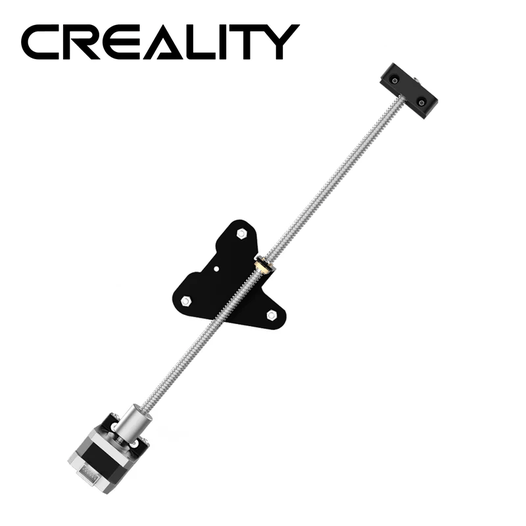If you want more consistent, stable prints from your 3D printer, especially for taller or detailed models, a dual Z-axis system is worth considering. This upgrade can significantly improve print quality by keeping your printer's motion system more balanced and precise.
What is a Dual Z-Axis?
A dual Z-axis setup, also known as a double Z-axis or redundant Z-axis, uses two stepper motors and two lead screws to move the Z-axis. Instead of relying on one side to lift the entire gantry, the system uses both sides together. This provides better stability and reduces issues like tilting or uneven movement during printing.
Why Use a Dual Z-Axis?
1. Prevents Z-Wobble
Z-wobble is a common issue where the printer's Z-axis shifts slightly during printing. This can cause visible lines, misaligned layers or failed prints. A dual Z-axis system keeps both sides of the gantry aligned, helping to avoid these problems.
2. Supports Tall and Heavy Prints
With a single Z-axis, the gantry can sag or tilt, especially during tall prints or when using a direct drive setup. A dual Z-axis setup supports both sides equally, which helps prevent the gantry from flexing under its own weight.
3. Increases Print Accuracy
Dual Z-axis systems provide smoother movement along the vertical axis. This mean, it can solve skew issue due one loose end without dual Z would sag and causing part not to dimensional accurate.
Types of Dual Z-Axis Systems
There are two main types of dual Z systems:
-
Passive dual Z: One stepper motor drives both lead screws through a belt or connector. This is more affordable but can still introduce some unevenness if the belt loses tension.
-
Active dual Z: Each lead screw has its own motor. This setup gives the best accuracy and stability, but may require firmware adjustments and a stronger power supply.
Active systems are usually preferred for serious upgrades or professional use.
Ender 3 Dual Z-Axis Upgrade Kit
Many people choose to upgrade their Creality Ender 3 with a dual Z-axis kit. These kits usually include:
-
A second Z-axis stepper motor
-
A second lead screw and coupler
-
Mounting brackets
-
All necessary hardware and cables
Installation may involve firmware updates or motherboard configuration, so it's best suited for users with some modding experience. However, once installed, the difference in print quality can be noticeable.
Kit available here : https://store.dremc.com.au/products/dual-z-axis-screw-rod-upgrade-kit-double-screw-for-ender-3-series
Is It Worth Upgrading?
It depends on how you use your printer.
A dual Z-axis is a great idea if you:
-
Print tall, heavy or detailed models
-
Want more consistent layer quality
-
Plan to add upgrades like direct drive or auto bed levelling
You may not need it if you:
-
Only print small, simple parts
-
Use your printer occasionally for basic tasks
For many hobbyists and prosumers, the upgrade offers excellent value for the performance improvement.
Final Thoughts
A dual Z-axis system improves the accuracy, stability and reliability of your 3D printer. It helps eliminate common issues like Z-wobble and sagging, especially during large or tall prints. While not essential for every user, it is a smart upgrade for anyone looking to push their printer further.
Whether you are modifying your Ender 3 or building a high-performance machine from scratch, a dual Z-axis is a solid investment in print quality and reliability.

